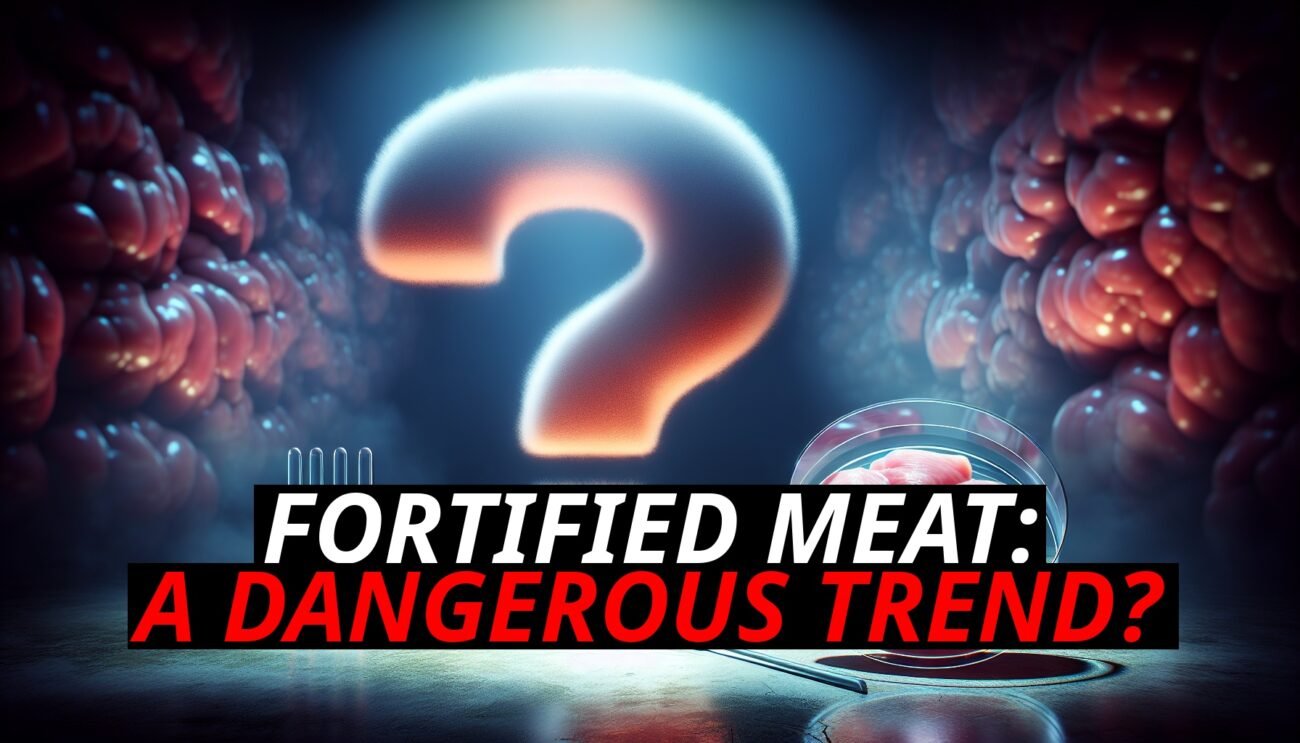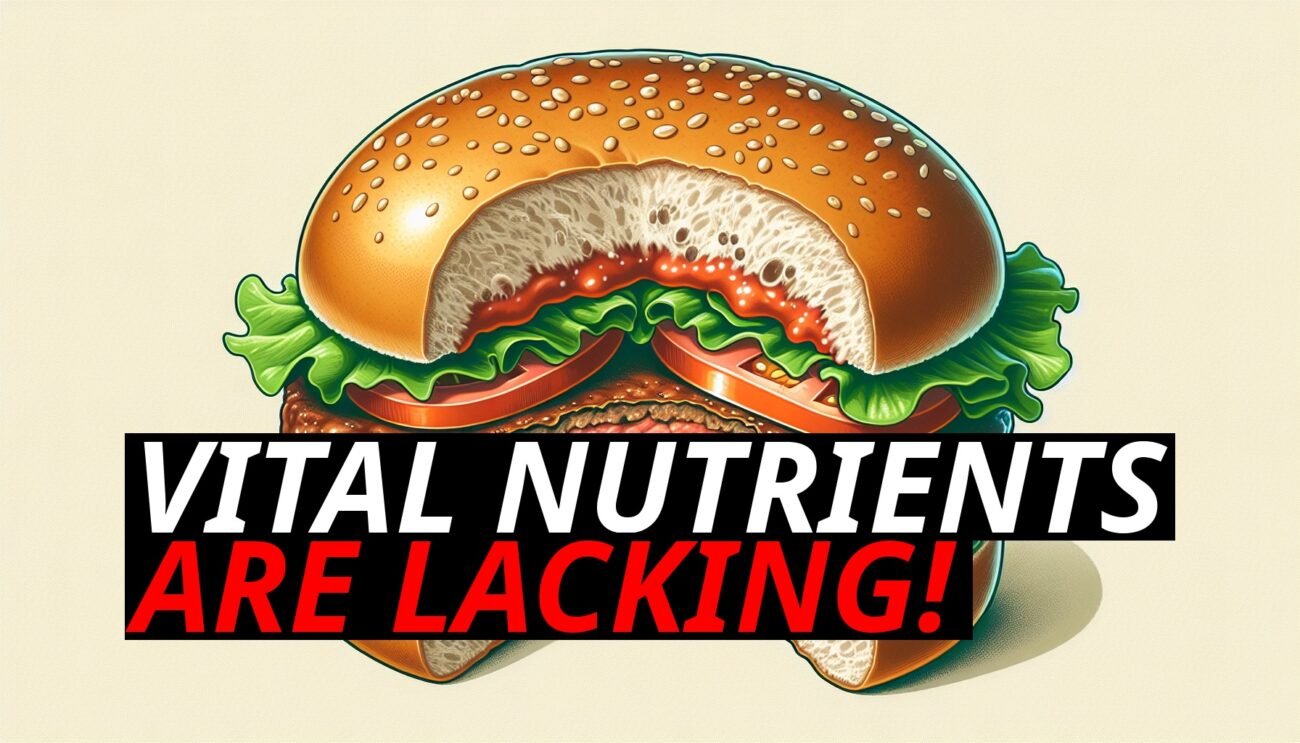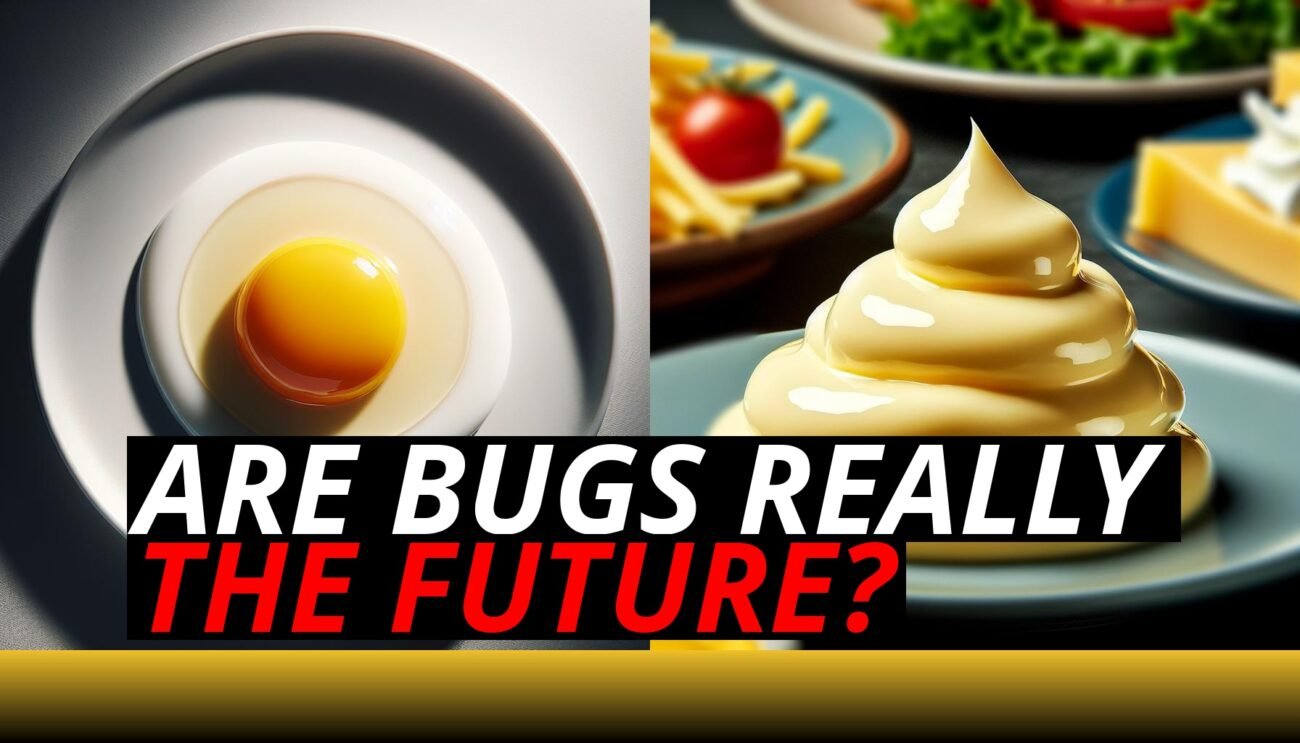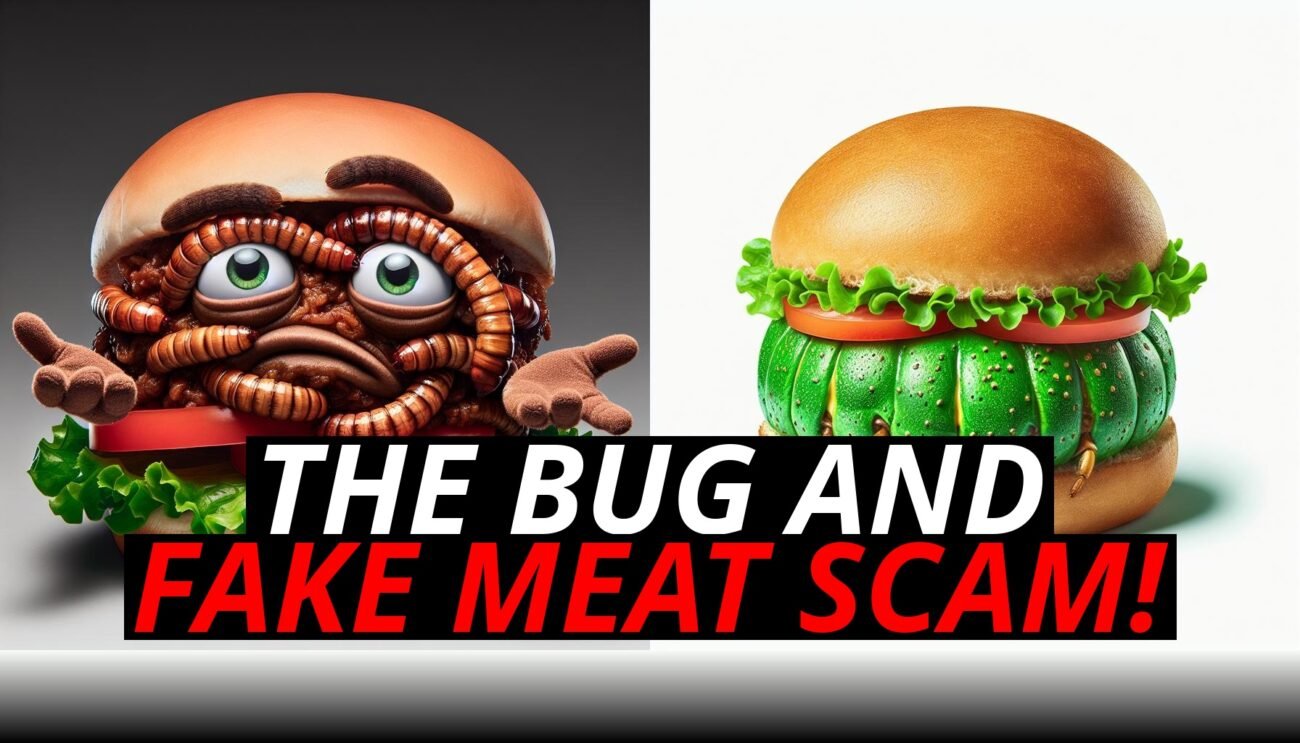You’ve probably heard the buzz: bug farming is being touted as the eco-friendly answer to feeding the world while saving the planet. Advocates claim that insects use fewer resources, require less land, and produce fewer emissions than traditional livestock. But is bug farming really the environmental hero it’s made out to be?
Let’s take a closer look at the environmental impact of bug farming versus sustainable livestock practices, and explore why animals like cows, sheep, and chickens may actually play a more important and sustainable role in our ecosystems than we think.
The Reality Of Bug Farming: Hidden Environmental Costs
On the surface, bug farming sounds like a win for the environment. Insects are small, reproduce quickly, and are efficient at converting feed into protein. But there’s more to the story than meets the eye. Large-scale bug farming comes with hidden environmental costs that many people don’t consider.
- Energy consumption: Unlike livestock, which can graze on open pastures, bugs require specific environmental conditions—warm temperatures and high humidity—to grow effectively. This means that bug farms often rely on climate-controlled environments, which consume significant amounts of energy, especially when scaled up to meet global food demand.
- Feed requirements: While some insect species can be raised on organic waste, many large-scale bug farms use specialized feed to ensure rapid growth and nutritional consistency. This feed has to be produced, transported, and distributed, adding to the overall environmental footprint.
- Processing and waste: Bugs may be small, but processing them into a form that’s appealing to consumers—whether as protein powder or insect-based snacks—requires energy and infrastructure. Additionally, not all parts of the insect are consumed, leading to waste management challenges that are often overlooked.
So while bug farming may seem like a simple, low-impact alternative, the reality is that energy use, feed production, and processing all contribute to its environmental cost.
Sustainable Livestock Farming: Working With Nature, Not Against It
In contrast to bug farming, sustainable livestock farming focuses on working with nature to create balanced ecosystems that benefit both the environment and the animals. When managed properly, livestock farming can actually enhance biodiversity, improve soil health, and help sequester carbon from the atmosphere.
Here’s why sustainable livestock farming might be better for the environment than bug farming:
- Regenerative grazing: One of the key principles of sustainable livestock farming is regenerative grazing. In this system, animals like cows or sheep are rotated between different pastures, allowing the land to recover and promoting the growth of healthy grasses. This helps prevent overgrazing, improves soil fertility, and encourages carbon sequestration, where carbon is stored in the soil and kept out of the atmosphere.
- Biodiversity support: Grazing animals help maintain grasslands and rangelands, which are home to a wide variety of plant and animal species. Livestock grazing can prevent certain plant species from dominating the landscape, allowing a greater diversity of plants to thrive. This, in turn, supports pollinators, birds, and other wildlife.
- Natural fertilization: Livestock naturally fertilize the land through their manure, reducing the need for chemical fertilizers that can harm the environment. The manure also helps build healthy soil by adding organic matter and promoting the growth of beneficial microbes.
In sustainable livestock systems, animals play an essential role in maintaining the health of the land, creating a symbiotic relationship between the animals and their environment.
The Role Of Carbon Sequestration: Livestock As Part Of The Climate Solution
One of the most compelling environmental benefits of sustainable livestock farming is its ability to sequester carbon—the process of capturing and storing carbon from the atmosphere in the soil. This is a critical tool in the fight against climate change, and livestock, when managed properly, can be a key part of this solution.
Rotational grazing encourages deep-rooted plants to grow, which in turn pull carbon from the atmosphere and store it in the soil. Studies have shown that well-managed grazing systems can actually result in a net reduction of greenhouse gases, as the amount of carbon sequestered in the soil can offset the methane emissions produced by livestock.
By improving soil health and increasing carbon storage, sustainable livestock farming can help mitigate climate change while providing a source of food that’s integrated with the natural ecosystem.
Bug Farming’S Limited Role In Ecosystems
While bug farming may produce protein more efficiently in terms of feed conversion, it doesn’t offer the same environmental integration as sustainable livestock. Bugs don’t contribute to soil health, they don’t support biodiversity, and they don’t play a role in carbon sequestration.
Insects may be a good option for survival food or niche markets, but when it comes to large-scale farming, they lack the ecosystem benefits that sustainable livestock provide. Instead, bug farming requires artificial environments and inputs that don’t align with natural cycles, making it less sustainable in the long run.
Land Use: Livestock Can Thrive Where Crops And Bugs Can’T
One of the arguments in favor of bug farming is that it requires less land than traditional livestock farming. But this overlooks the fact that livestock can be raised on land that isn’t suitable for crops or bug farming.
For example, rangelands, hillsides, and semi-arid regions are often too poor for crop cultivation but can support grazing animals. This means that livestock farming can make use of land that would otherwise be unproductive, without competing with crops for arable land.
By grazing on marginal lands, livestock help maintain ecosystems that would otherwise be left to degrade, while producing food and fiber for human use.
A Holistic Approach: Why Livestock Matter In Sustainable Agriculture
Sustainable livestock farming isn’t just about producing food—it’s about creating holistic systems that benefit both the environment and society. In well-managed systems, livestock contribute to the health of the land, promote water retention, and reduce soil erosion, all while producing valuable resources like meat, milk, and wool.
Unlike bug farming, which is isolated from the broader ecosystem, livestock are an integral part of the agricultural landscape. They provide a renewable source of nutrition that, when managed sustainably, works in harmony with nature.
Conclusion: The True Environmental Champions
When it comes to feeding the planet sustainably, the answer isn’t as simple as replacing livestock with bugs. While bug farming might seem like a low-impact alternative, it lacks the ecosystem benefits and carbon sequestration potential that sustainable livestock farming offers.
Sustainable livestock farming is about more than just raising animals—it’s about working with nature to create regenerative systems that improve the health of the land, support biodiversity, and help fight climate change. Livestock, when managed properly, can play a vital role in creating a sustainable and environmentally friendly food system.
So, the next time someone tells you that bugs are the future of food, remember that animals have been playing a crucial role in maintaining the health of our planet for centuries—and they might just be the key to a sustainable future.













